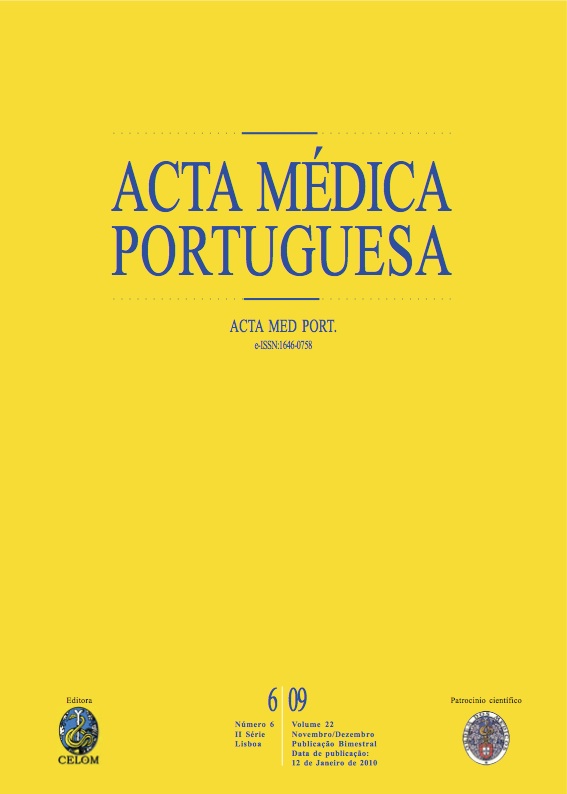Medicine in ancient Mesopotamia--part 1.
DOI:
https://doi.org/10.20344/amp.1725Abstract
The present work summarizes the more elucidating aspects on the foundations and the practice of the medicine in Antique Mesopotamia, since the invention of the writing, more than 5000 thousand years ago, and the beginning of our era. The first part of the article includes a brief perspective about the political and social evolution that characterized those archaic civilizations, as well as the inventions and knowledge further used by the following Humanity's generations. Most of what is known on the subject, as well as the history and political-social events that occurred in the region during that remote epoch, resulted of the laborious decoding of about half a million small clay plates or fragments with text engravings in cuneiform characters that were discovered since the middle of the XIX century in the ruins of the main cities of the Babylonian and Assyrian empires. The second part embraces exclusively the main characteristics of the medicine in Ancient Mesopotamia, in its main facets: concept of disease, healers and practice. The disease was considered a divine punishment or resultant from a malign influence. In that base, the medicine began by being preventive, by the use of appropriate amulets, or by offerings or sacrifices intending to pacify those malign forces. The treatment of the generality of the diseases privileged the expulsion of those spirits and malign influences from the patient body, purifying it, which was done by the specific intervention of an ãshipu (clergyman-exorcist); not having results, the treatment was continued by the asû (practical healer) that appealed to a group of physical manipulations, limited surgical acts and the administration or application of prescriptions, resultants of the mixture of organic and inorganic substances. In case of failing, the patients (as well as individuals or rein leaders) could fall back upon a priest diviner (bârû) who, by examination of the organs of an animal especially sacrificed for the effect, would give a final decision about the disease or the future. Separated this more occult facet, nourished in religious faiths and in the magic, the medicine of Ancient Mesopotamia included rational knowledge, certainly as the result of a systematic patients observation and semiotic interpretation. From those observations and knowledge referred to the Sumerian period, carefully logged, refined and transmitted to the following generations, a valuable collection of texts was built with the description of symptoms, signs, diagnosis and prognostic of the most common diseases, still identifiable in the present.Downloads
Downloads
How to Cite
Issue
Section
License
All the articles published in the AMP are open access and comply with the requirements of funding agencies or academic institutions. The AMP is governed by the terms of the Creative Commons ‘Attribution – Non-Commercial Use - (CC-BY-NC)’ license, regarding the use by third parties.
It is the author’s responsibility to obtain approval for the reproduction of figures, tables, etc. from other publications.
Upon acceptance of an article for publication, the authors will be asked to complete the ICMJE “Copyright Liability and Copyright Sharing Statement “(http://www.actamedicaportuguesa.com/info/AMP-NormasPublicacao.pdf) and the “Declaration of Potential Conflicts of Interest” (http:// www.icmje.org/conflicts-of-interest). An e-mail will be sent to the corresponding author to acknowledge receipt of the manuscript.
After publication, the authors are authorised to make their articles available in repositories of their institutions of origin, as long as they always mention where they were published and according to the Creative Commons license.









